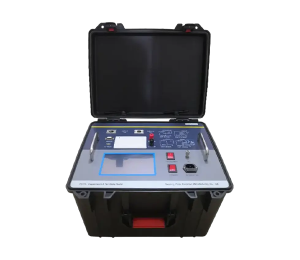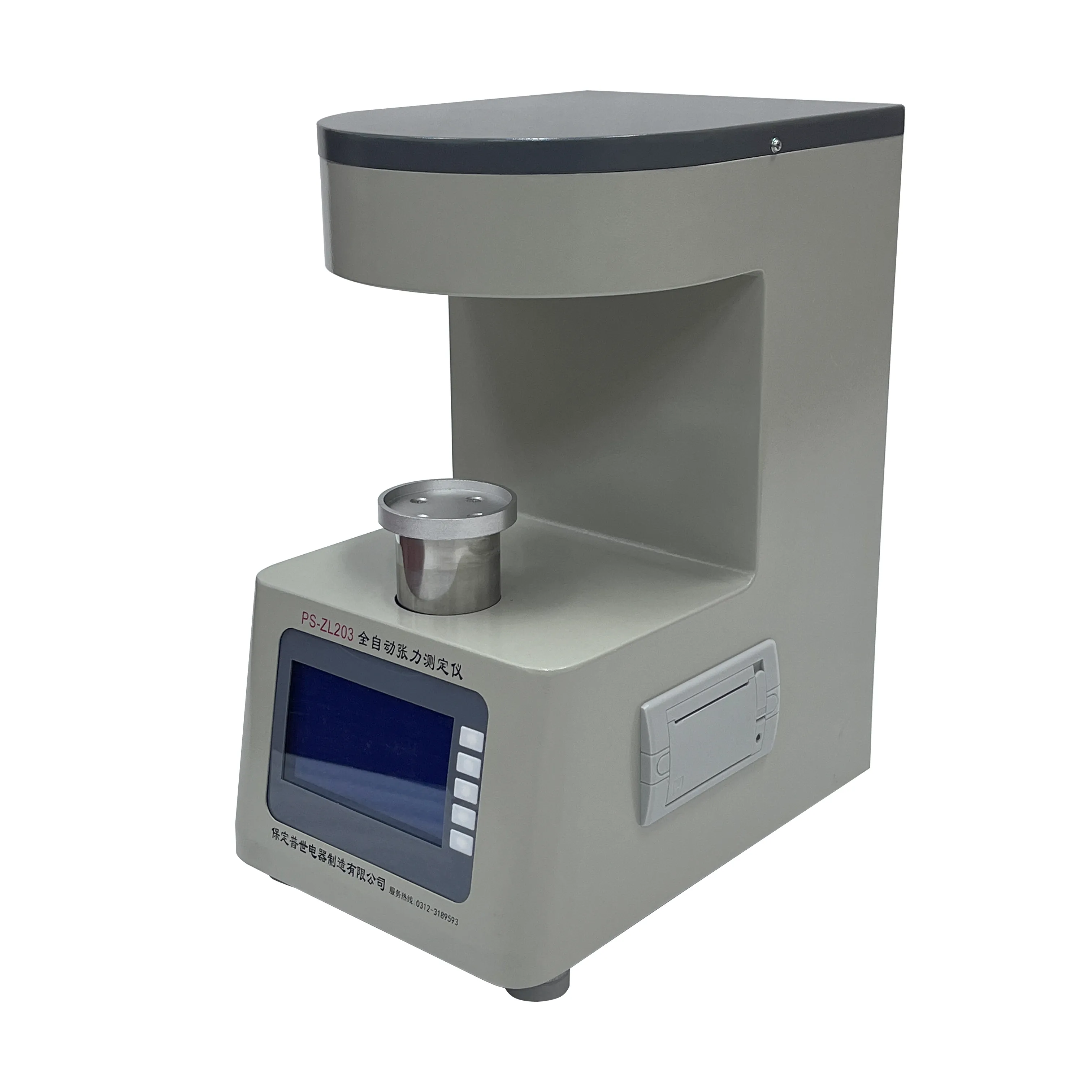TEL:
+86-0312-3189593
 English
English

Telephone:0312-3189593

Email:sales@oil-tester.com
2 月 . 14, 2025 17:46
Back to list
PS-DC10A Transformer DC Winding Resistance Tester
Testing a transformer with a multimeter is not only a practical skill for electrical professionals but also an essential element for ensuring safety and efficiency in any electrical system. This detailed guide offers an authoritative source on how to accomplish this task with precision and confidence, tailored for those seeking to enhance their technical understanding and application of transformers.
2. Identifying Terminals Locate the primary and secondary terminals on the transformer. Transformers typically have labels indicating input (primary) and output (secondary) terminals. If not labeled, refer to the transformer's manual for accurate identification. 3. Measuring Resistance Set your multimeter to the resistance (ohms) setting. Measure the resistance across the primary and secondary windings. A good transformer should have consistent and specified resistance values as indicated in the technical manual. Inconsistent or infinite readings suggest a break in the winding or a short circuit. 4. Checking Continuity Switch the multimeter to the continuity setting. Test each coil by placing the multimeter probes on each of the windings' terminals. A continuous beep from the multimeter confirms continuity, while silence may indicate an open winding. 5. Measuring Voltage If testing an active transformer, set the multimeter to measure AC voltage. First, measure the input voltage across the primary terminals to ensure it matches the specified voltage requirements. Next, measure the output voltage on the secondary side. A significant deviation from expected values can indicate a malfunctioning transformer. 6. Testing Isolation Using the resistance setting on the multimeter, measure the resistance between the primary and secondary windings. Ideally, this should show no continuity (infinite resistance), indicating that there is no short circuit between the two coils. Interpreting Results Understanding the test results is vital for diagnosing transformer health. Low resistance or continuity issues often point to internal faults like shorted turns or coil burns. High voltage discrepancies can be due to component fatigue or improper winding. Address these issues promptly to maintain system integrity. Conclusion Testing a transformer with a multimeter is a fundamental skill that, when executed correctly, ensures system reliability and safety. This procedure validates both the operational status and safety of transformers, preventing costly downtime and hazards associated with electrical failures. Those entrusted with this responsibility should possess not only technical knowledge but also adhere to strict safety standards, ensuring both the reliability and longevity of the transformers under their care.


2. Identifying Terminals Locate the primary and secondary terminals on the transformer. Transformers typically have labels indicating input (primary) and output (secondary) terminals. If not labeled, refer to the transformer's manual for accurate identification. 3. Measuring Resistance Set your multimeter to the resistance (ohms) setting. Measure the resistance across the primary and secondary windings. A good transformer should have consistent and specified resistance values as indicated in the technical manual. Inconsistent or infinite readings suggest a break in the winding or a short circuit. 4. Checking Continuity Switch the multimeter to the continuity setting. Test each coil by placing the multimeter probes on each of the windings' terminals. A continuous beep from the multimeter confirms continuity, while silence may indicate an open winding. 5. Measuring Voltage If testing an active transformer, set the multimeter to measure AC voltage. First, measure the input voltage across the primary terminals to ensure it matches the specified voltage requirements. Next, measure the output voltage on the secondary side. A significant deviation from expected values can indicate a malfunctioning transformer. 6. Testing Isolation Using the resistance setting on the multimeter, measure the resistance between the primary and secondary windings. Ideally, this should show no continuity (infinite resistance), indicating that there is no short circuit between the two coils. Interpreting Results Understanding the test results is vital for diagnosing transformer health. Low resistance or continuity issues often point to internal faults like shorted turns or coil burns. High voltage discrepancies can be due to component fatigue or improper winding. Address these issues promptly to maintain system integrity. Conclusion Testing a transformer with a multimeter is a fundamental skill that, when executed correctly, ensures system reliability and safety. This procedure validates both the operational status and safety of transformers, preventing costly downtime and hazards associated with electrical failures. Those entrusted with this responsibility should possess not only technical knowledge but also adhere to strict safety standards, ensuring both the reliability and longevity of the transformers under their care.
Next:
Latest news
-
Differences between open cup flash point tester and closed cup flash point testerNewsOct.31,2024
-
The Reliable Load Tap ChangerNewsOct.23,2024
-
The Essential Guide to Hipot TestersNewsOct.23,2024
-
The Digital Insulation TesterNewsOct.23,2024
-
The Best Earth Loop Impedance Tester for SaleNewsOct.23,2024
-
Tan Delta Tester--The Essential Tool for Electrical Insulation TestingNewsOct.23,2024





